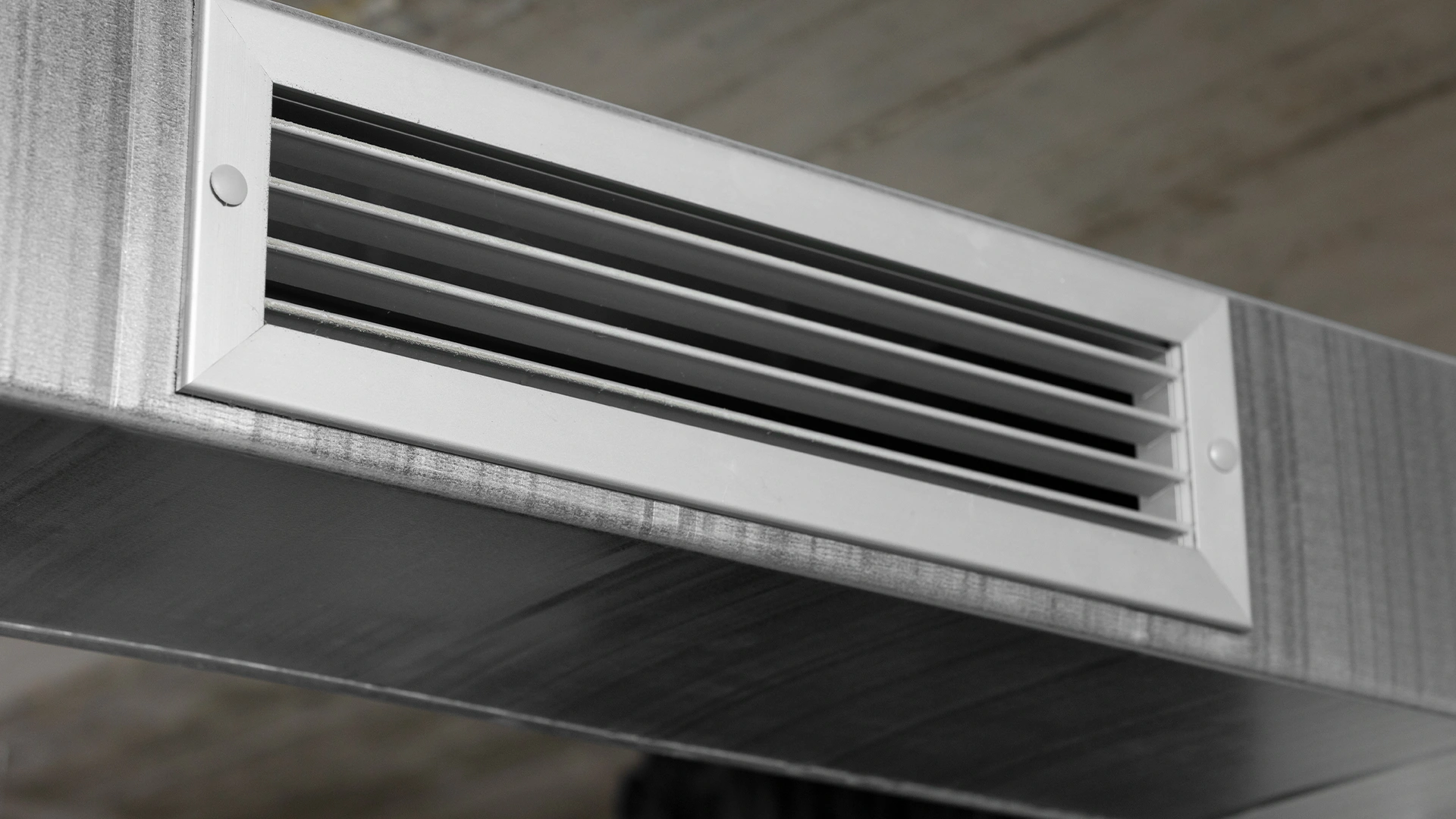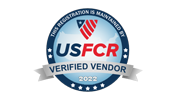Dealing with Freezing Temperatures & Frozen Pipes
As snow continues to fall and winter temperatures fluctuate below freezing, it’s possible for your pipes to freeze. Not only do freezing pipes cause a great inconvenience, but can cause major property damage leaving you with extensive repairs.
What Causes Freezing Pipes
Exterior freezing temperatures cause the water to freeze and expand, creating a blockage. This blockage will cause an increase in pressure and strain your plumbing system. If the pressure gets too great it can cause the pipe to burst.
Hudson Valley isn’t a stranger to freezing temperatures. With that said, some pipes may be more susceptible to freezing than others. Pipes located along the exterior walls of your property may not have the adequate amount of insulation in protecting them from the exterior freezing temperatures. Pipes located in the attic or basement may not be as warm as other areas of the house which can cause a greater tendency to freeze. Lack of use can cause freezing pipes. Leaving for an extended period of time and/or lowing your interior temperature while you’re away, can cause remaining water in your piping system to freeze when exterior temperatures drop below freezing.
Signs of Frozen Pipes
One of the first signs for the potential of frozen pipes is when exterior temperatures drop below freezing. You can take precautions like adding insulation to prevent vulnerable pipes from freezing. Frozen pipes can show an accumulation of frost on the exterior of the pipe, this warning sign can indicate the pipe is frozen before you even turn on the faucet. You may see frost on exposed pipes, like those found under the sink. Furthermore, if you turn on the faucet and there is a lack of running water, this can indicate that the pipe may be frozen.
Taking Steps at Home
If you’re leaving for the winter season or for a period of time, it’s important to take the necessary steps to turn off your water and blow out the water system to remove remaining water in the line. Once you are aware of the presence of a frozen pipe, you need to take immediate action to thaw and prevent the pipe from bursting. Depending on the location of the blockage and your plumbing knowledge or expertise, you may try to take the necessary precautions and actions to thaw the pipe yourself. First turn off the water. You can apply a heat pad, towels soaked in warm water or use a space heater to heat the area. It’s important to apply regular heat to the area, to allow the blockage to move and relieve the water pressure. Opening the faucet line can help relieve the pressure buildup once the blockage is removed.
When to Call a Professional
If the blockage of the pipe is unknown or you’re unaware of the issue, it may be in your best interest to contact the professionals from Hudson Valley Contracting & DKI. Our certified technicians will be able to locate the ice blockage and take the necessary steps to minimize the chance of a pipe burst or clean up and repair any damage caused by a ruptured pipe. We offer 24/7 emergency services, call today if you notice a decrease in water pressure or suspect you may have a frozen pipe. We’ll be happy to answer any questions you have and will work to offer the best solution to your problem.









